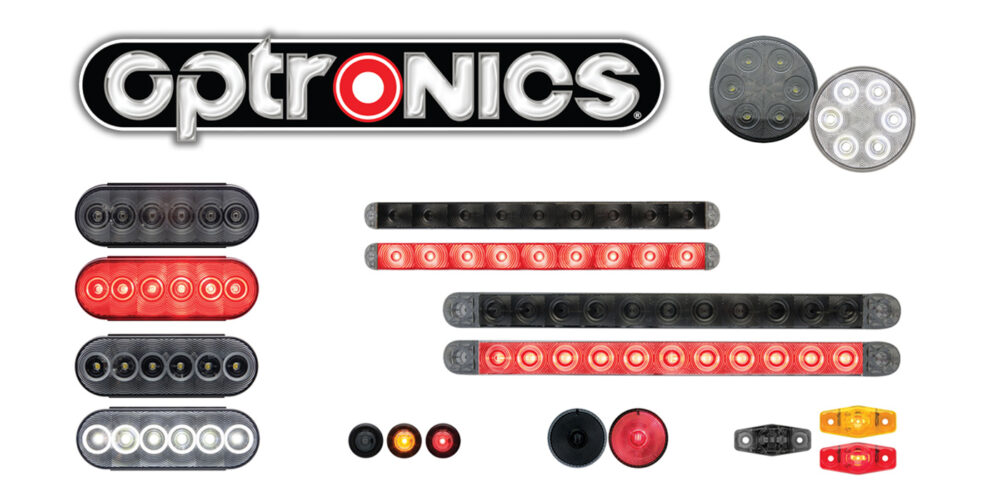
Increased labor rates. Truck downtime that’s stretching into four, five, even as high as 10 days until the service is completed. Service that’s outside the scope of your contracted PM agreement or extended warranties. It all starts to add up. In fact, the latest numbers from ATA’s Technology and Maintenance Council (TMC) and FleetNet America benchmarking study noted that the average cost of a roadside maintenance event per mechanical repair in Q4 2018 was $334.20—the highest it had ever been since the quarterly benchmarking project started more than a year ago.
As a fleet manager who sees those costs pile up on his desk, you feel the frustration building to the point where you want
For any service operation, the question a maintenance manager has to ask himself when a truck rolls onto the lot is: Is this a service job that I can tackle? If you’re entertaining the idea of dipping your toe into in-house service, the logical and most profitable place to start is with preventative maintenance.
“Bringing PMs and, what I call, ‘runny nose stuff,’ is where I think fleets need to focus in the next few years,” said Darry Stuart, president
Stuart noted that one of the biggest complications is the extended service warranties dealerships pitch that
Now consider your trade cycles, if your strategy is to turn a truck around after three to four years, then you’d likely be able to reap the in-house PM shop ROI. Again, here’s Stuart:
“Once you get beyond the first three years of a truck’s life, then it’s the real runny nose service issues that get you,” he said, pointing to
A service success story
Starting a shop is no small task. Location, equipment, technicians, training, scheduling
Atlas Trucking relied on third-party service providers until about four years ago when the fleet decided to take its service matters into its own hands.
“Our problem started much like everybody else’s problem—we couldn’t get our trucks in anywhere,” said Marc Scibilia, Atlas Trucking director of safety and maintenance, who explained that its service operation started on a dirt lot then grew into a two-bay shop that ballooned into a 10-bay shop that services all trucks—not just Atlas Trucking’s iron. Scibilia was quick to point out that the growth was driven primarily by opportunity.
“We had an opportunity to purchase a building and renovate it to build out our service capabilities and sell our services to outside customers,” Scibilia said. “What we found was that even in our two-bay shop, we had outside customers asking if we would do work for them. So we fix anyone’s truck. We have our competition in here. I don’t have a list of people I won’t work with.”
And Atlas Trucking’s service operation does a lot. Scibilia runs 24-hour shifts, tackling 100% of Atlas Trucking’s service needs as well as its outside customers. Often times that means working on Atlas’s trucks on the midnight shift and opening the daytime shifts to outside customers, and word is getting around.
“We have found that word of mouth is a strong driver,” he said. “We’re not as busy as we’d like to be, but we’re still in our infancy and we’re still growing and making a name for ourselves.”
While the operation still has plenty of room to grow, its understanding of the latest in heavy-duty service technology is on the cutting edge. Scibilia noted that its shop has been leveraging predictive maintenance solutions for the past year and a half.
“We have been able to save at least two engines from rebuilds by pulling oil samples and catching issues before they damaged the whole engine and then fixed an issue and got the trucks back on the road,” he said. Atlas Trucking performs intensive preventative maintenance inspections and captures all of that data in order to analyze and see service issues that are coming down the road. It’s incredibly powerful, but it’s not easy.
“It takes a ton of training and continuous, daily management,” Scibilia stressed.
Integration is also key.
“Our system integrates into Omnitracs, and it also integrates into our back-office dispatch software,” he explained. “If a driver performs a DVIR, it automatically opens up a work order and we get to see it and then contact our operations or even the driver to schedule it in and get it fixed. It also lets us reorder our parts right from the system. When a parts request is filled out by the technician, the parts department automatically receives it, scans, it, puts it on the work order, gives the parts in the technician, and then he completes it, closes out the work order and then it comes to the front desk for finalization.”
Atlas Trucking relied on third-party service providers until about four years ago when the fleet decided to take its service matters into its own hands.
“Our problem started much like everybody else’s problem—we couldn’t get our trucks in anywhere,” said Marc Scibilia, Atlas Trucking director.
For more on this topic, read our story on communication to reduce downtime here.














